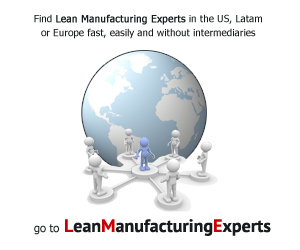How Six Sigma And SWAGR Overcome Setbacks
You could be the greatest business mind on the planet, and you’ll still encounter a setback. I recall in a prior business how we were not prepared for the setback we encountered after the tragic events of September 11, 2001. It may not seem obvious how Six Sigma and SWAGR help you recover from a setback.
What Six Sigma Means
I had the good fortune to spend time interviewing Dr. Jay Greenstein recently on the Grow My Revenue Business Cast. Dr. Jay has built six chiropractic practices with four divisions and is well-recognized as a leader in research and results-based chiropractic science. That success wasn’t without failure and challenges.
As someone who is always open to discovery, Jay investigated Six Sigma, an approach that had widely been applied to manufacturing. The goal of Six Sigma is virtually eliminating defects in a product or process. The sigma character (σ) is the statistical symbol representing one standard deviation from the mean. Statistically, if you are precise to six standard deviations, that represents not more than 3.4 defects per million opportunities.
It’s All About The SWAGR
Dr. Jay implemented an approach for his chiropractic practice to deliver care, billing, and practice management at Six Sigma levels. But that wasn’t all of it. Jay shared the acronym, SWAGR that he developed to address challenges.
S Is For Six Sigma
The S in SWAGR stands for Six Sigma to reduce defects in a process. Find the most important 2 or 3 elements in your business and see how you can remove defects from that process. It might be as simple as how you handle meetings with potential customers.
W Is For Who
You have to know who is and is not a good fit. Do you have the right people on your team in the right roles? Set up your infrastructure so you know what that looks like.
A Is For Autonomy
The A is for Autonomy from Daniel Pink’s concept of Autonomy, Mastery and Purpose. Be sure to give people autonomy and the opportunities for mastery through professional development. To fulfill your purpose, be sure to get clear on your mission, vision and value statements so it’s clear who you are, what you believe and how you behave as an organization.
G Is Grit
This is based on Angela Duckworth’s Ted Talk about the combination of passion and perseverance. Embrace what you’re passionate about and it’ll help you overcome obstacles and failures. It takes grit to get through it, but you can grow your mental grit.
R Is For Relationships
Dr. Jay places huge emphasis on the value of relationships and learning from others. As a leader, Jay points out that you need to have others with whom you can discuss challenges with authenticity – especially when times are tough.
Developing solid relationships is a good way to have a support system that will help you. Jay suggests giving first, with no future focus on getting anything back. He has found that by being generous without expecting something in return, good things tend to happen.
It’s Your Turn
Which of these principles have you seen as key elements to success? Which elements are missing? Share your thoughts in the comments, or on Twitter or LinkedIn.

 News, training, experts opinion, bibliography, software and everything about Lean world.
News, training, experts opinion, bibliography, software and everything about Lean world.
